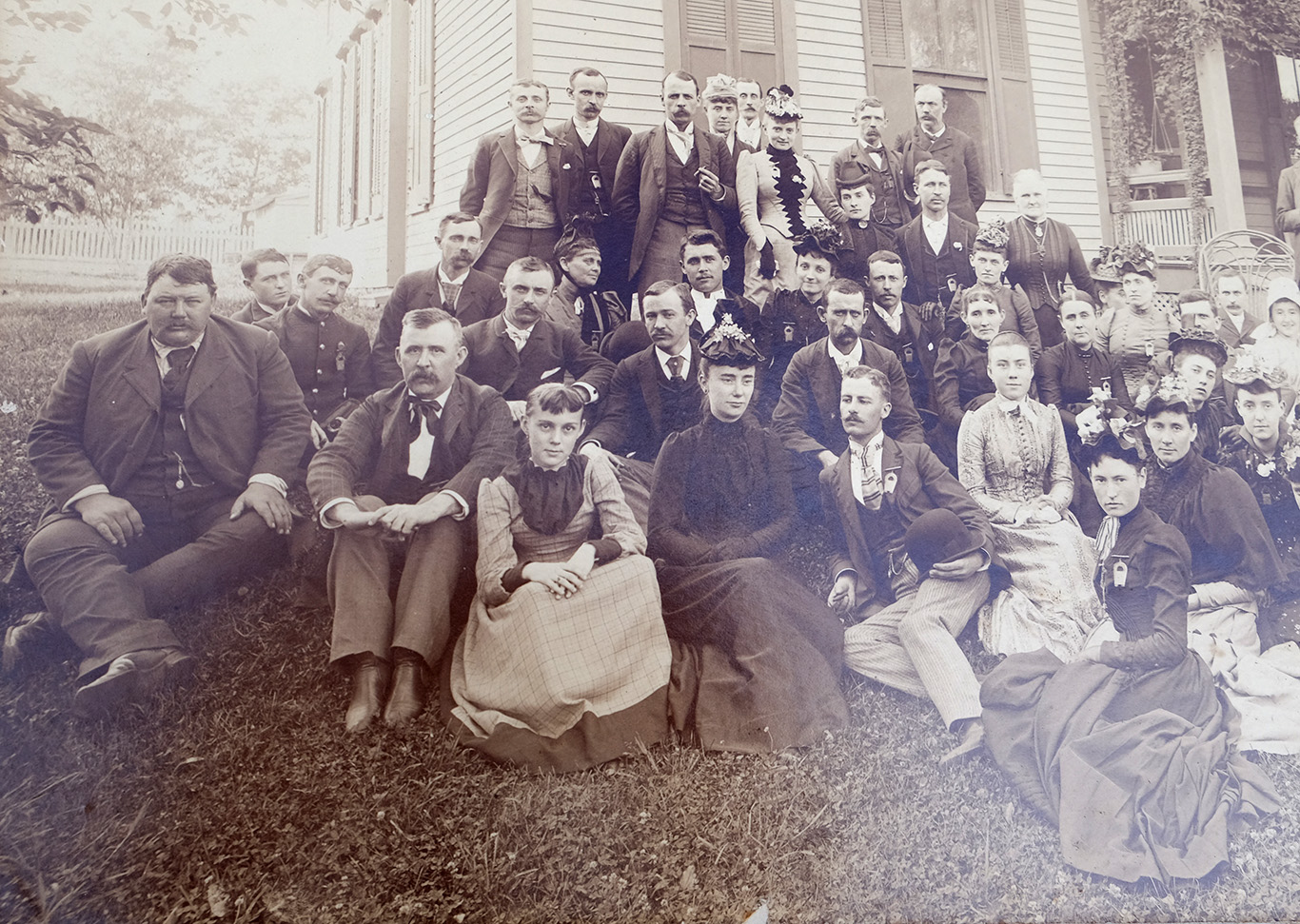
The following is excerpted and condensed from the 1911 History of St. Louis County by Mr. Thomas, pages 476 through 478 of Volume II. Keep in mind as you read this that WLT wrote this about himself. Due to space limitations I have left many interesting details out. DH
William Lyman Thomas
William Lyman Thomas was born on Dec. 6, 1846 in a house owned by a well known shoemaker named Liebig, near the corner of Sixth and Elm streets, St. Louis, Missouri. His father was Jacob P. Thomas, a Pennsylvanian who came to St. Louis in 1835 from near Gettysburg, and his mother was Eleanor Griffin McCutchan, daughter of William and Rebekah McCutchan, Virginia pioneers who had purchased a home on the Clayton road, nine miles from the city courthouse.
Jacob established a livery stable business called Thomas and Thornton, on Walnut between Third and Fourth streets. He was killed in his stable by a kick from his own horse on June 17, 1854. His tragic death left his wife, Eleanor to provide for their four boys, Philip H., William L., Bernard and Jacob P. Thomas, Jr.
William, eight years old at the time, was sent to live with his uncle and aunt, Dr. Henry Barron and wife. At the age of 12, he graduated from the Lafayette public school into the St. Louis high school and was a pupil there until just after the breaking out of the Civil war. His last school day was Camp Jackson Day, May 10, 1861.
In 1866, he matriculated in the Missouri Dental College and became one of the first student graduates of the first dental college in Missouri. In 1868 he opened an office on South Fifth street near Elm but he had no love for the business and despite its lucrativeness he abandoned the profession.
Securing a position with Sheffield and Stone, he began reading proof and doing general utility parts in the mailing and composing room of the firms literary weekly, the St. Louis Home Journal. The firm also published a paper called the Commercial Gazette. Sheffield and Stone failed. A man from Vermont, Frank Ricker, bought their liveliest asset, the Commercial Gazette and sold a partnership to Thomas. The paper prospered and in 1877 Ricker sold his interest to Thomas.
Thomas formed a partnership with K.H.Stone and together they started a flour milling magazine called the St. Louis Miller. In 1877 Thomas founded the Weekly Mail at Kirkwood. In 1883 he sold his interest in the commercial and manufacturing papers and founded the educational paper “School and Home” which he edited for sixteen years.
In 1878 Mr. Thomas became a member of the Missouri Press Association. In 1880, he was elected treasurer and held that position for twenty four consecutive years. At the end of his service he was made a life member. The only other life member, since the death of Samuel L. Clemens (Mark Twain), was J. West Goodwin of the Sedalia Bazoo, whose slogan was, “Whoso tooteth not his own Bazoo, the same it shall not be tooted”.
In his quest for historical items, Mr. Thomas is a lover and compiler of scrapbooks. (I thought this important to include since several of his scrapbooks have been preserved by the family. DH)
The wedding ceremony which united William L. Thomas and Kate Compton Sutton as happy companions for life was performed in the home of her parents on March 25, 1869. This old home was the birthplace of Mrs. Thomas, the first house in what is now called Maplewood, and she and her husband have lived all of their married life in that suburb.
Mr. Thomas says he likes warmth and light and everything that is conducive to good cheer, including good things to eat and drink. He loves trees and flowers and birds and pictures. In religion he is nonsectarian but from heredity he rather leans to Presbyterianism. He adores old and rare and curious books. In politics he always votes for the candidate or measure which seems to represent to him the most patriotism.

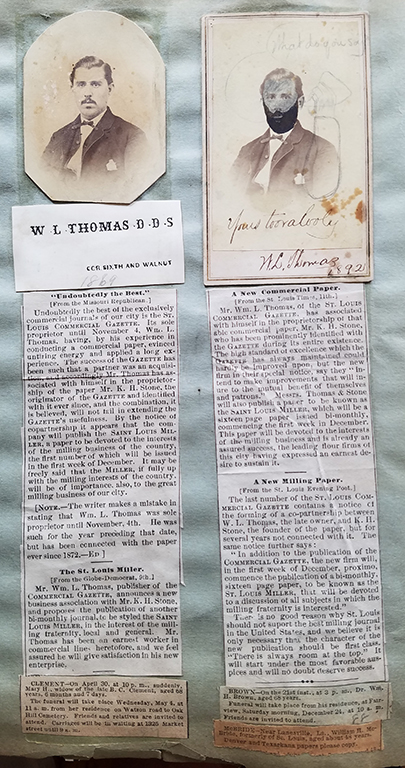
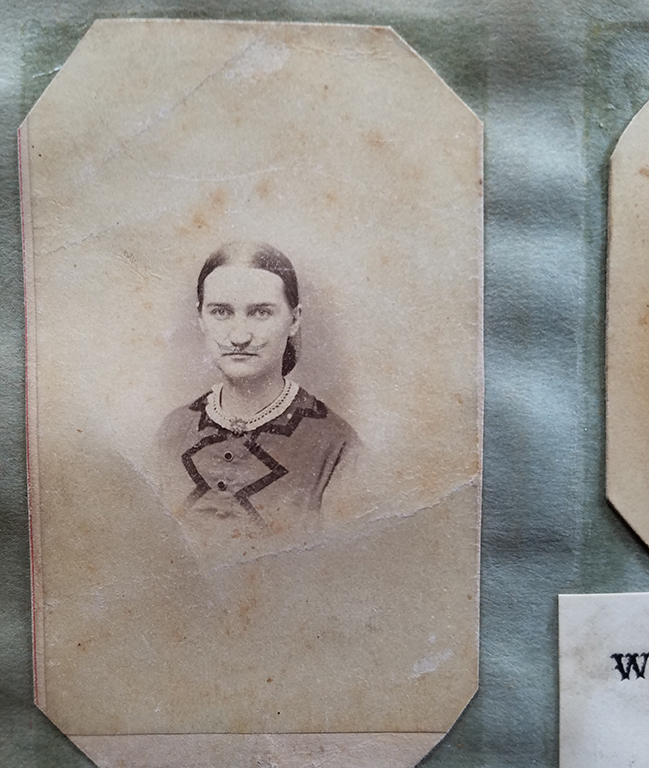
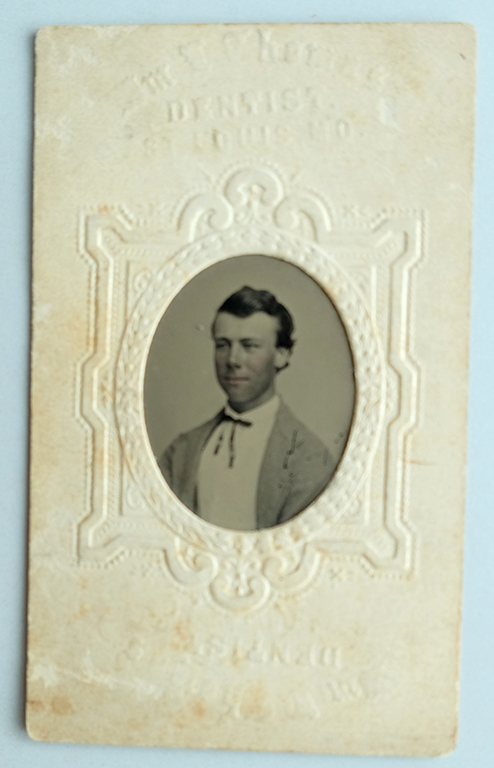
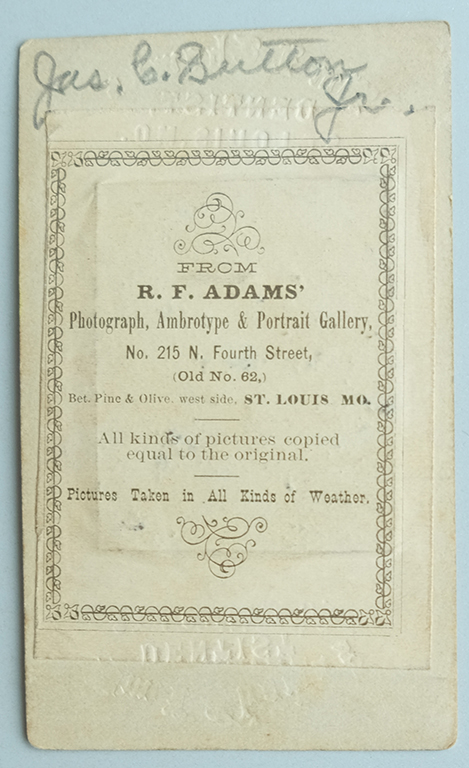
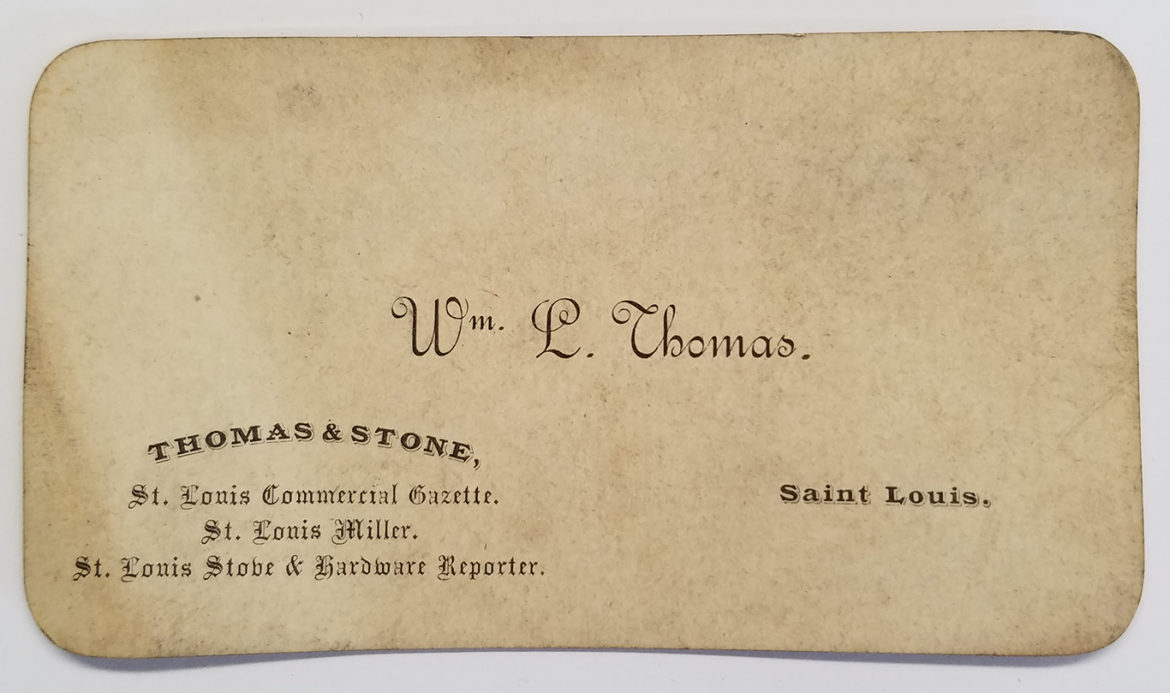
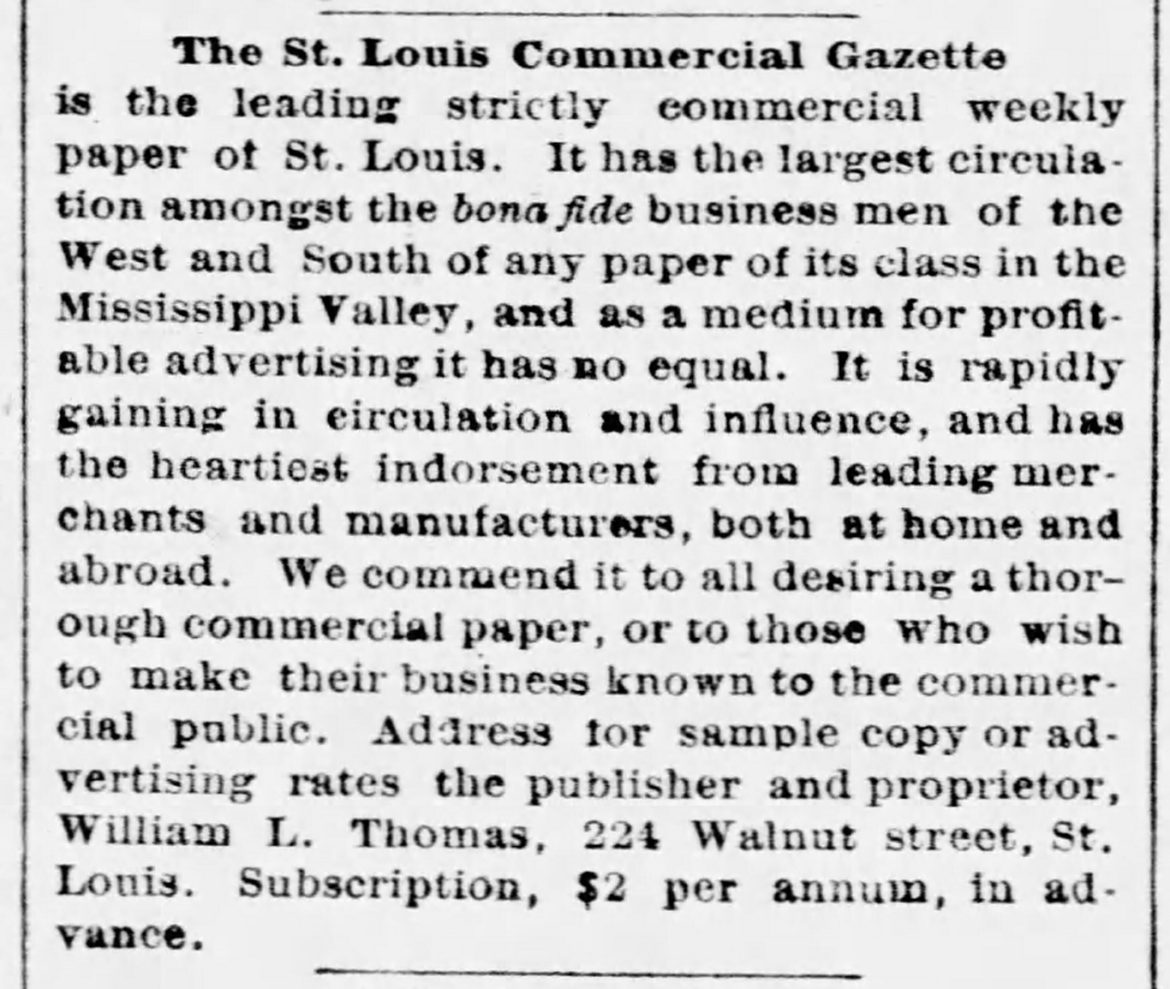
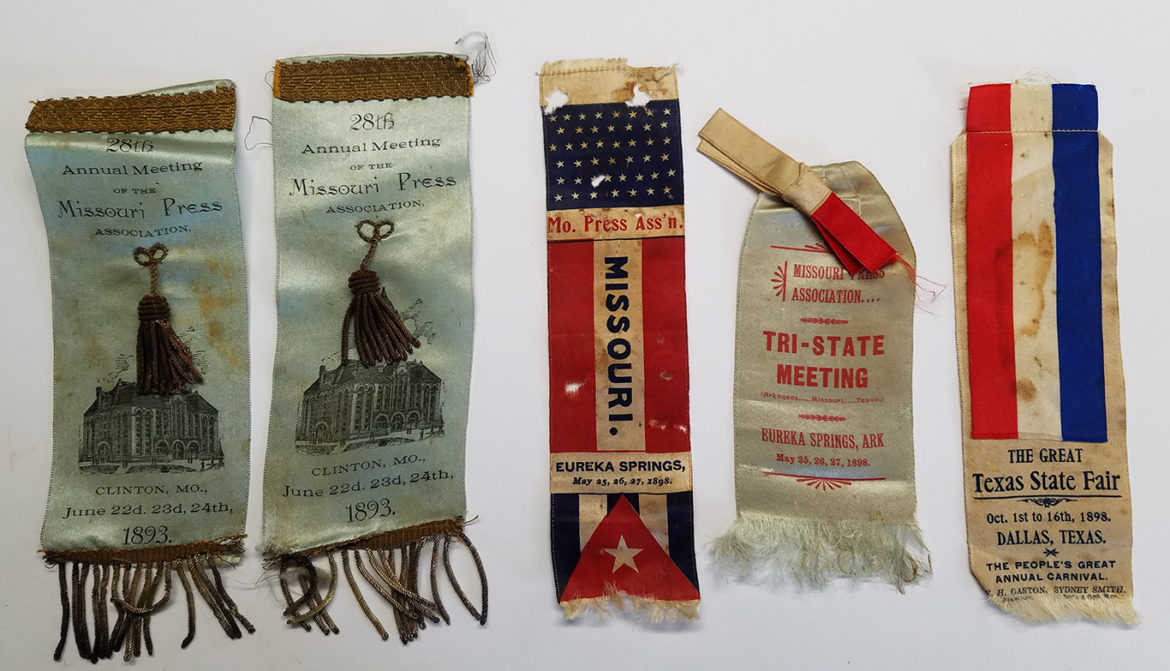
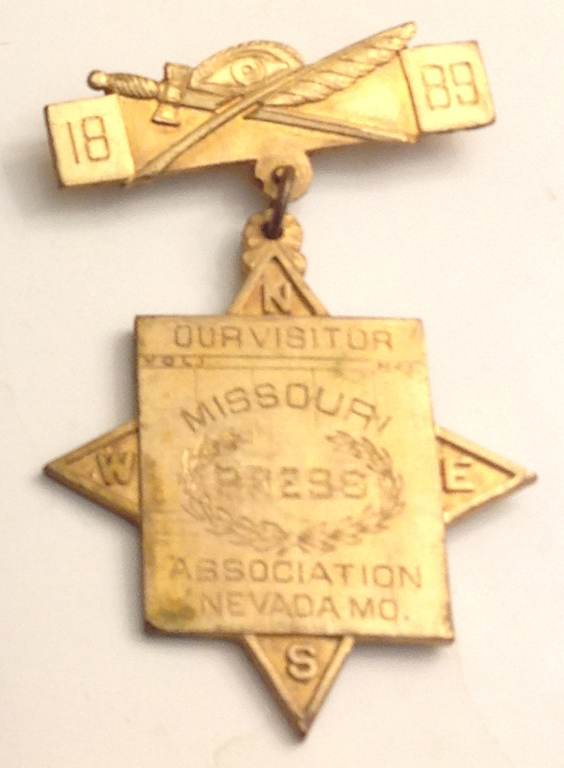
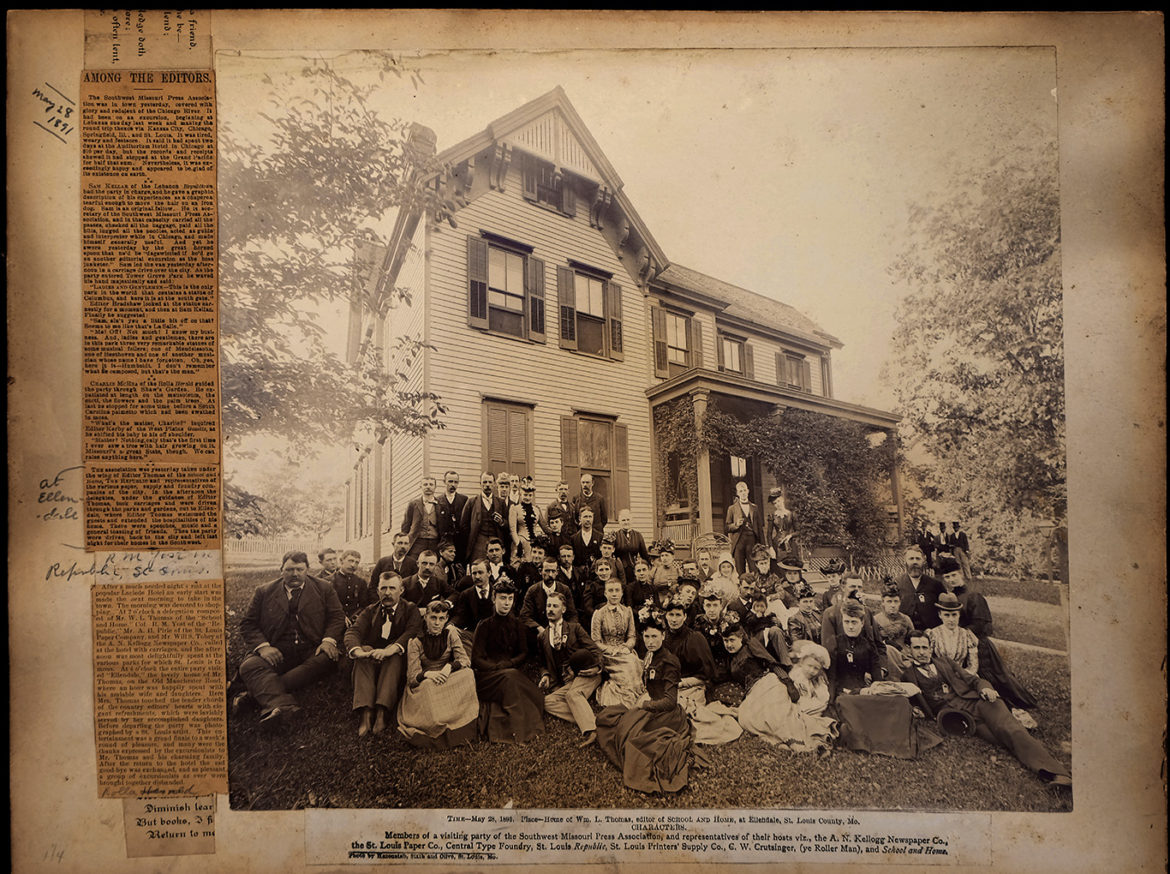
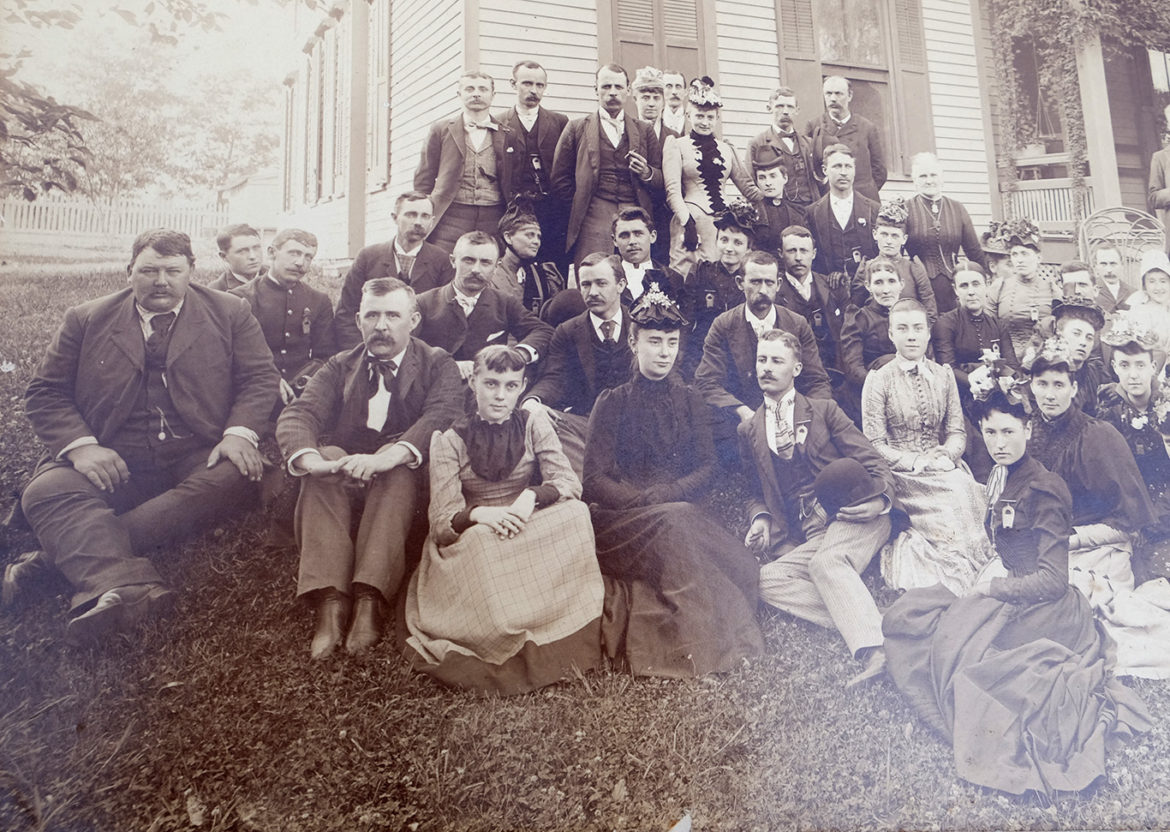
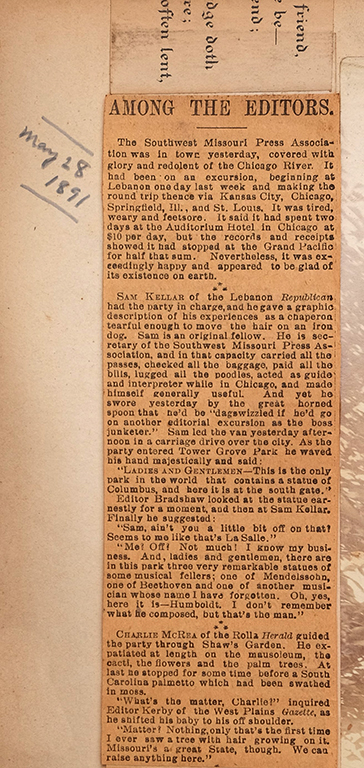
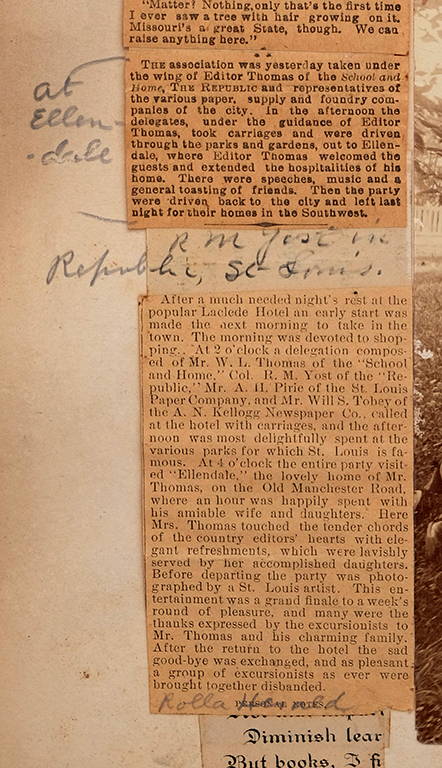
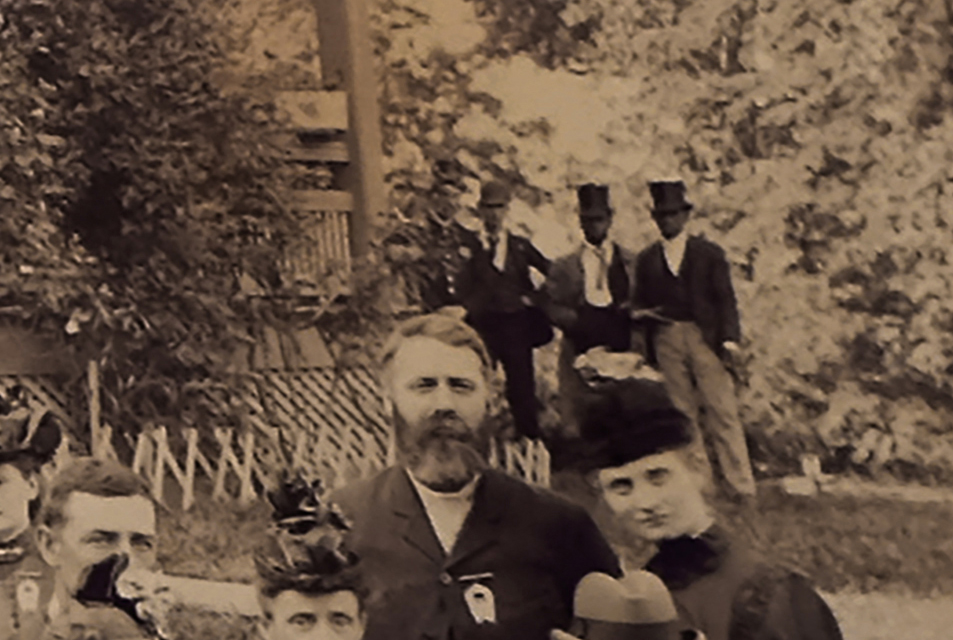
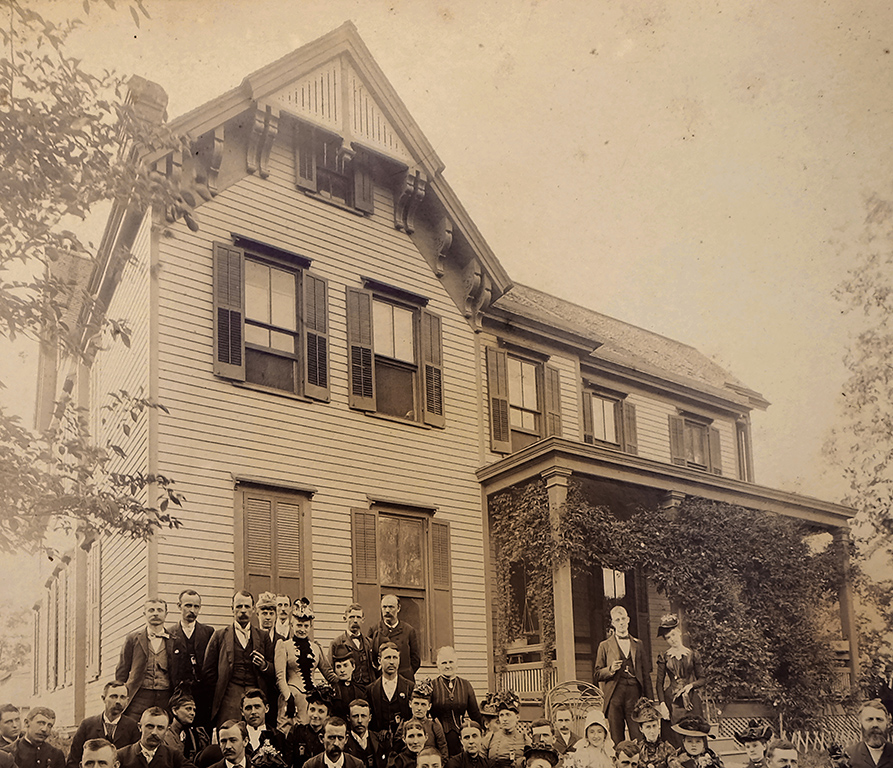
Once again I would like to thank the descendants of William and Kate Thomas for sharing these amazing artifacts and images with all of us. We live in a great place and it’s nice to know it has been for a very long time.

Doug, thanks for the info on the picture restoration. My only reference to wondering is I have a distant family member who is some sort of paper archivest that works for a musuem or used to. Distant enough that I cannot really remember when the last time we spoke was, maybe 5 or 8 years ago. I recall asking about his job years ago and he was talking about things like taking weeks and months to clean and detail a single picture, using Qtip type things to clean every little crevice, photographing everything multiple times to show what they were doing and to compare the before and afters looking at things under different lights to see if there was an image under the picture they were cleaning and such. He worked mostly on oil and water color paintings as I recall.
I do know the intent was the same as what you are doing, to clean and maintain and preserve the painting and frame. I am not saying you have done anything wrong at all and hope that you did not take it that I thought you were doing things wrong. I think I would be scared to even try because if something went wrong where you going to get another photo of what you are working on? I am glad that someone is taking care of things because how many more years can that image survive if it did not have some attention given it.
Mark, For many years beginning in 2002, I have been tracking down old photos and documents related to our city. At the end of 2005 I got my first digital camera. It came with a small image editing program. That was the start of my interest in digital photography and photo editing. Well known local photographer and business person, Doug Smith gave me some tips and pointed me in the right direction. What really clinched it was two semesters of Photoshop I took at Meramec Community College in 2006 and 7. I make digital copies of these historic photographs and then I clean them up. I never alter the original in any way. The conservator in your family is altering the originals. That’s part of what they do. I had a chance to talk with a conservator at the Pulitzer Museum when they had an exhibition of some old masters paintings. I asked him how much of those paintings are still original. He said not much. He said they wouldn’t exist without the work art conservators like himself have done. Anyhow that’s the difference between what I do and what they do. I believe you already know it. Additionally I have a very large digital archive of historic photographs related to Maplewood. While I’m here I’ll be the curator but when I’m gone, they go to our library. I have no idea where the locations of a lot of the originals that I have copied are today. Quite a few of the folks who allowed me to copy their family artifacts are no longer with us. I always preserve an original unaltered digital image of each historic image. Then I have many other altered versions of the same image. Cropped, high and low resolution versions, ones that have been digitally cleaned with the dust and stains removed, etc. It’s a fascinating hobby. The blog makes it easy to share it. I always appreciate your comments and questions. Thanks.
Hi Mark, The home was built in 1881 so it was 10 years old when this image was made. The home survives and is located on Roseland Terrace. It is not open to the public. It has been very well maintained and to my way of thinking is our most important historic home. The porch and the shutters have been lost but the cornice brackets and the gable end ornament are still as they appear in this photograph with just a few more coats of paint.
Mark, a couple of posts ago you asked a question that was basically did I know what I was doing when I deconstructed these photos? The answer is yes. Just kidding. It is such a long answer that I think I’d have to do a post about it only. I went to great detail to explain what I do to these artifacts. First and foremost is to preserve the original image and do nothing to it. I separate it from anything that might have wood pulp in it with the acid free paper. I am confident that is correct. I carefully clean the frame and pine board backing using only a rag dampened with tap water. Even then you must be very careful because some early shellac finishes turn white if they are exposed to alcohol or water. I carefully remove the glass from the frame and clean both sides with a 50/50 alcohol/water solution. I never clean the glass with any glass cleaning product such as Windex for fear they may leave a residue that might deteriorate the image. I let everything dry thoroughly before I reassemble it. The archival linen tape I used to reattach an image to the mat board is just that…archival. The same with archival sleeves I use to put loose photos in. I have used them for some of my own photos for decades. I could go on and on but I think by this point you are probably the only one still reading this. I hope that puts your mind at ease. Thanks for asking.
What a gem of a house. I love the detail at the roofline, the brackets and the trim detail over the windows. And I have to wonder how old that house is in that picture. Looking at the large amount of vines or roses that have climbed up onto the porch I am guessing it is fairly old at the time this picture was taken. That house has some nice detail going on but not overwhelming.